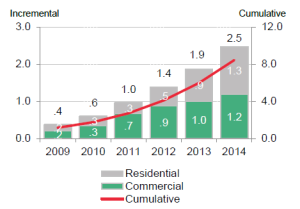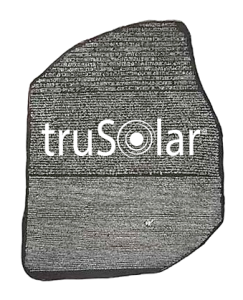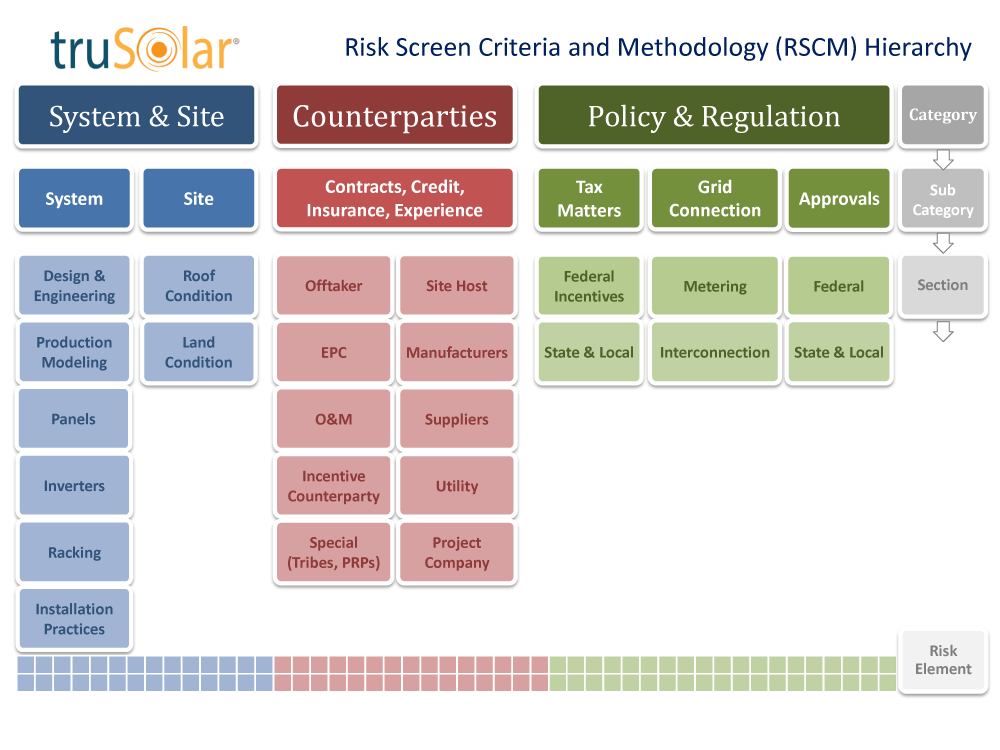This article originally appeared on the official blog for the American Council On Renewable Energy.
This is part 1 of a 3 part series.
The U.S. solar industry continues to face real obstacles to scale despite all the positive news about growth in jobs and installations this past year. There are widening imbalances, and looming disruptions, among the residential, commercial and utility solar segments that reveal some of the challenges and opportunities that lie ahead. Industry leaders are working together, however, to crack the code on solar diligence and streamline the process for financing commercial and industrial solar projects.
According to the U.S. Energy Information Administration, commercial and industrial electricity consumers use 51% of the nation’s power generation—more than twice as much as homeowners and renters at 22%. Despite this, the residential solar segment overtook commercial and industrial (C&I) total capacity installed in 2014 (see graph right). And according to the Solar Energy Industries Association, this gap is only forecast to grow by another 500 MW by 2017. Resolving this imbalance is central to the industry’s future growth prospects.
use 51% of the nation’s power generation—more than twice as much as homeowners and renters at 22%. Despite this, the residential solar segment overtook commercial and industrial (C&I) total capacity installed in 2014 (see graph right). And according to the Solar Energy Industries Association, this gap is only forecast to grow by another 500 MW by 2017. Resolving this imbalance is central to the industry’s future growth prospects.
In an industry where the utility solar segment is estimated to decline by more than 5 Gigawatts from 2016 to 2017 according to Bloomberg New Energy Finance, billions in investment and potentially tens of thousands of jobs may be lost if market leaders don’t work together to unlock commercial growth at scale.
While game-changers like battery storage and community solar are on the horizon, there are market-driven solutions that are available. If these solutions are adopted, they can have a big impact today. These solutions do not rely upon forward declining cost curves, technology breakthroughs, or policy interventions. Ready solutions that crack the code of commercial growth rely mostly on adoption. As the industry begins to accept standards to uniformly screen the risks of the underlying commercial solar asset, and score the underlying, unrated credit of the off-taker, the positive impacts are significant.
When buyers and sellers of commercial solar assets share a common language, the time to screen and qualify deals is reduced from days to minutes. Conversion ratios – development assets becoming operating assets – increases from less than 5% to over 15%. And annual industry transaction expenses are reduced by hundreds of millions of dollars. These industry-driven solutions represent a positive, billion-dollar-plus annual impact in the U.S. by 2018, and help to restore the commercial solar segment to its share of U.S. electricity consumption.
Co-founded in 2012 by Distributed Sun, DuPont Photovoltaic Solutions, Rocky Mountain Institute and Underwriters Laboratories, the truSolar® Working Group has developed a uniform risk screen standard for commercial and industrial PV projects.
 truSolar is like the Rosetta Stone of clean energy asset finance as it bridges the communications gap between developers and investors by assigning easily understood scores to project risk elements. truSolar creates a common language for talking about risk, as well as a common understanding of what “good solar projects” look like. This is appealing to pension funds, tax investors, and especially the small regional and community banks that are the traditional financiers of small business.
truSolar is like the Rosetta Stone of clean energy asset finance as it bridges the communications gap between developers and investors by assigning easily understood scores to project risk elements. truSolar creates a common language for talking about risk, as well as a common understanding of what “good solar projects” look like. This is appealing to pension funds, tax investors, and especially the small regional and community banks that are the traditional financiers of small business.
The image below provides a high level overview of the truSolar risk screen’s structure. This hierarchy is used to unbundle and scrutinize project risk elements before scores and their associated weightings are applied. At the end of the assessment process, an overall project score is calculated that summarizes the investment opportunity’s risk profile. Having a common truSolar language for project diligence produces three major benefits for America’s renewable energy industry.
Having a common truSolar language for project diligence produces three major benefits for America’s renewable energy industry.
First, financing C&I solar projects with transparent, uniform risk attributes increases deal velocity and conversion ratios. Second, standardized project scoring, coupled with standardized reporting formats, significantly reduces the time and effort spent on due diligence, thereby reducing project soft costs. Third and finally, the use of a consistent scoring methodology across solar project portfolios helps the primary market better serve securitization in the secondary markets. Ratings agencies, underwriters and investors have a quicker path to a clearer view of how each asset bundle aligns with their risk appetite and investment return requirements.
In next week’s blog post, we’ll pull back the covers on a new cloud-based software platform that makes the truSolar risk standard incredibly easy to use. It’s the solar industry equivalent of TurboTax®, and similar software innovation is changing the way renewable energy players go about their business.

